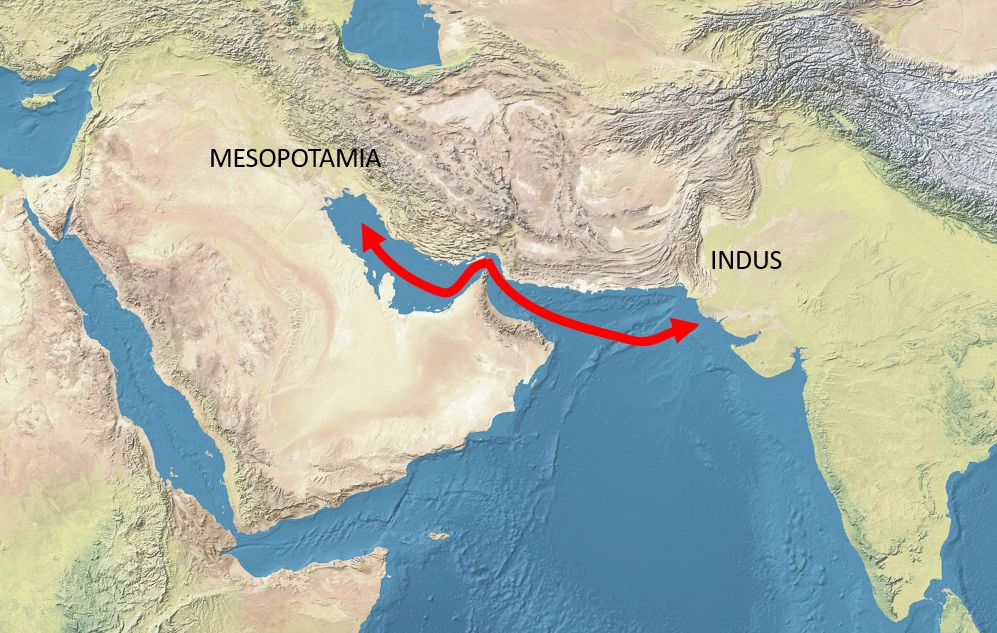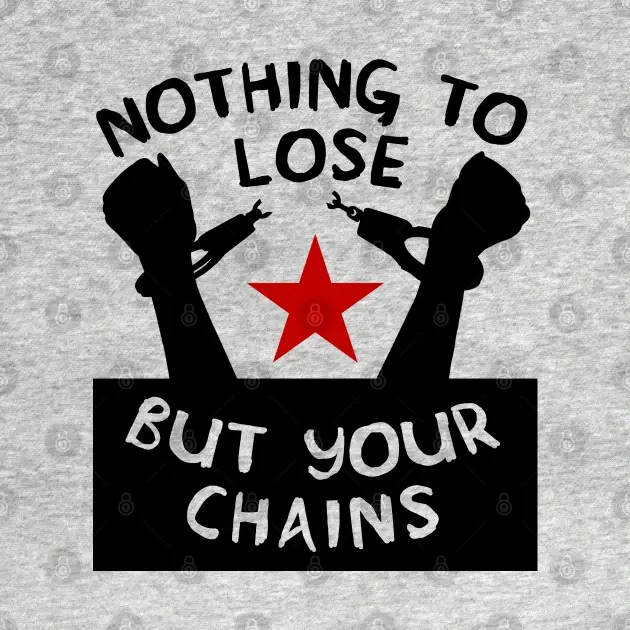Killing the Priest-King is an interesting article on the Indus Valley Civilisation.
The cities of the Indus civilization were expansive and planned with large-scale architecture and sophisticated Bronze Age technologies. Despite these hallmarks of social complexity, the Indus lacks clear evidence for elaborate tombs, individual-aggrandizing monuments, large temples, and palaces. Its first excavators suggested that the Indus civilization was far more egalitarian than other early complex societies, and after nearly a century of investigation, clear evidence for a ruling class of managerial elites has yet to materialize. The conspicuous lack of political and economic inequality noted by Mohenjo-daro’s initial excavators was basically correct. This is not because the Indus civilization was not a complex society, rather, it is because there are common assumptions about distributions of wealth, hierarchies of power, specialization, and urbanism in the past that are simply incorrect. The Indus civilization reveals that a ruling class is not a prerequisite for social complexity.
If only there was a tablet with cuneiform and the Indus Valley Script both saying the same thing.
I have one here I just haven’t told anyone about it.
Trade routes between Mesopotamia and the Indus would have been significantly shorter due to lower sea levels in the 3rd millennium BCE.[1]
I wonder how many people got displaced or killed in that time period due to sea level rise.
Like that region must’ve been densely populated given the two regions it connects.





